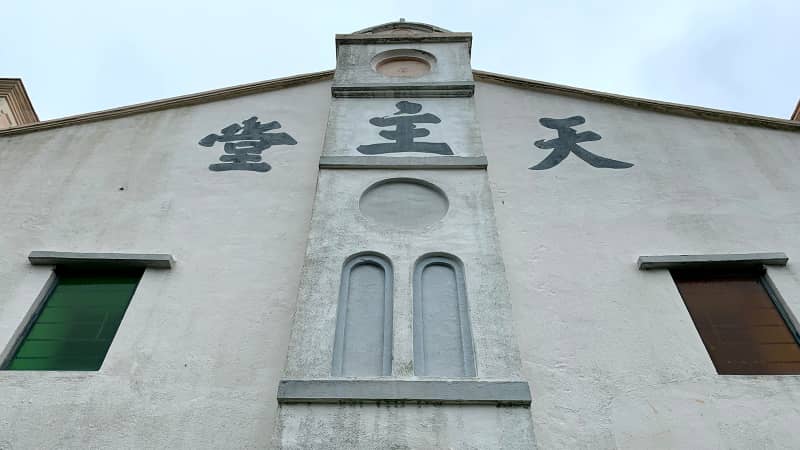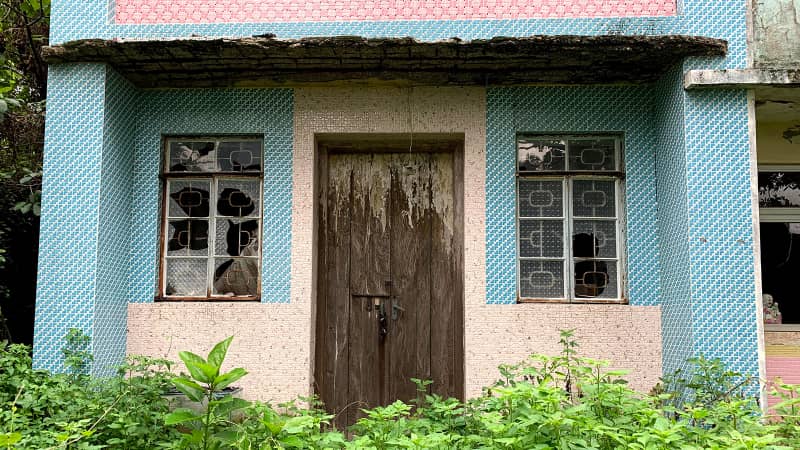In some ways, the island is not unlike a small town in the rural United States, where it became harder and harder to make a living from agriculture and youngsters left in droves.
The original settlers were a family named Chan from China’s Guangdong province who farmed salt — the island’s name means “Little Salt Farm” in English.
Many of the Chan descendants moved to more urban parts of Hong Kong in search of work or a different kind of life. Others left the region entirely.
These days, Yim Tin Tsai is no longer officially deserted. It’s home to one part-time resident, a volunteer who works as caretaker. This volunteer and community representative, Colin Chan, lives in the nearby town of Sai Kung — and, as you may have guessed by his surname, he’s a descendant of the Chan clan.
There’s a small museum and gift shop across from the ferry pier, as well as — maybe most importantly — public toilets.
To get to the island, pick up a kaito — a small motorized wooden boat often used as a ferry between smaller islands — from the pier in the beachside community of Sai Kung.
These boats only run on weekends and holidays, although if you are trying to get there during the week you may be able to hire a boat from the companies that line the waterfront.
After the short ride out to Yim Tin Tsai (about 15 minutes, depending on the weather), you’ll take a right off of the dock and immediately start walking through a series of abandoned homes and other buildings.
Some people left furniture and other personal belongings behind with them when they moved away, and years of exposure to Hong Kong’s hot, rainy weather has left them in various states of disrepair.
Walking along the trail, you’ll pass houses with their roofs caved in, Buddha statues staring at you from empty windows and other spooky scenes.
But not everything on the island has been abandoned to the elements.
Yim Tin Tsai was heavily Catholic in its heyday.
The best-preserved site on the island is St. Joseph’s Cathedral, which has a dramatic red and white altar inside.
The building was completed and consecrated in 1890, and there is a statue of Rev. Josef Freinademetz, an Austrian priest and missionary who came to Hong Kong in 1879, in the gardens behind it.
Freinademetz established the Catholic chapel on Yim Tin Tsai and after his death was canonized as a saint by Pope John Paul II.

Catholics in Hong Kong celebrate Freinademetz saint’s day every year on January 29.
Lilit Marcus/CNN
There’s another innovation appearing on Yim Tin Tsai these days: an art project that uses stained glass to depict scenes from typical village life.
There are hopes to hold a second annual festival in 2020, although the coronavirus pandemic may put those plans on hold.
Either way, it’s clear that Yim Tin Tsai has taken on a second life well beyond its salt harvesting days.

